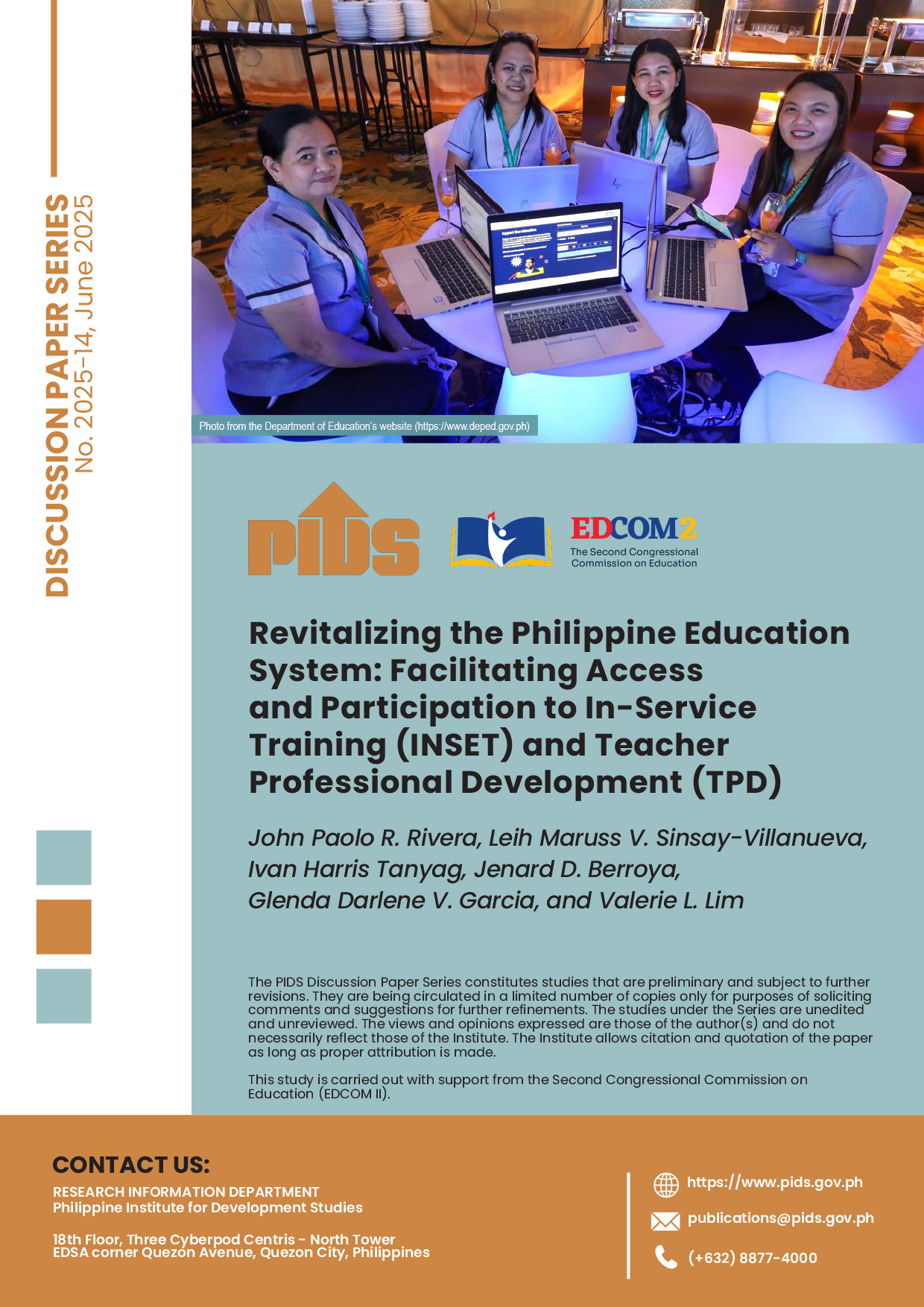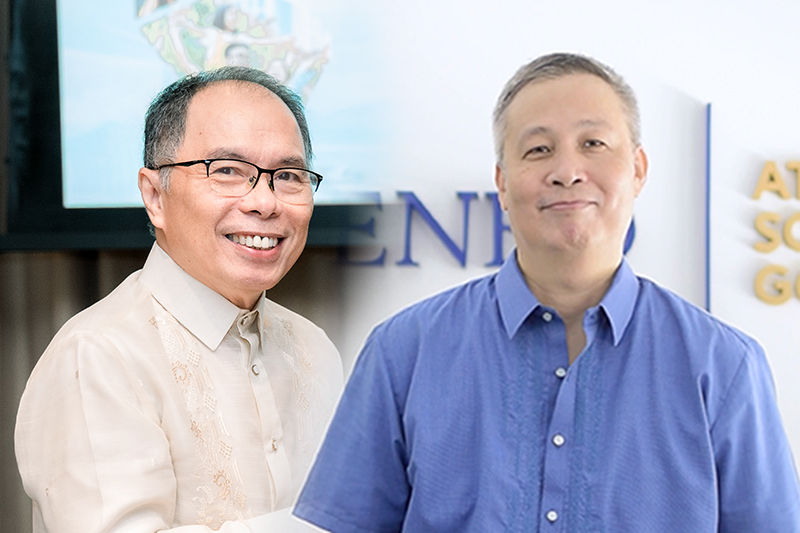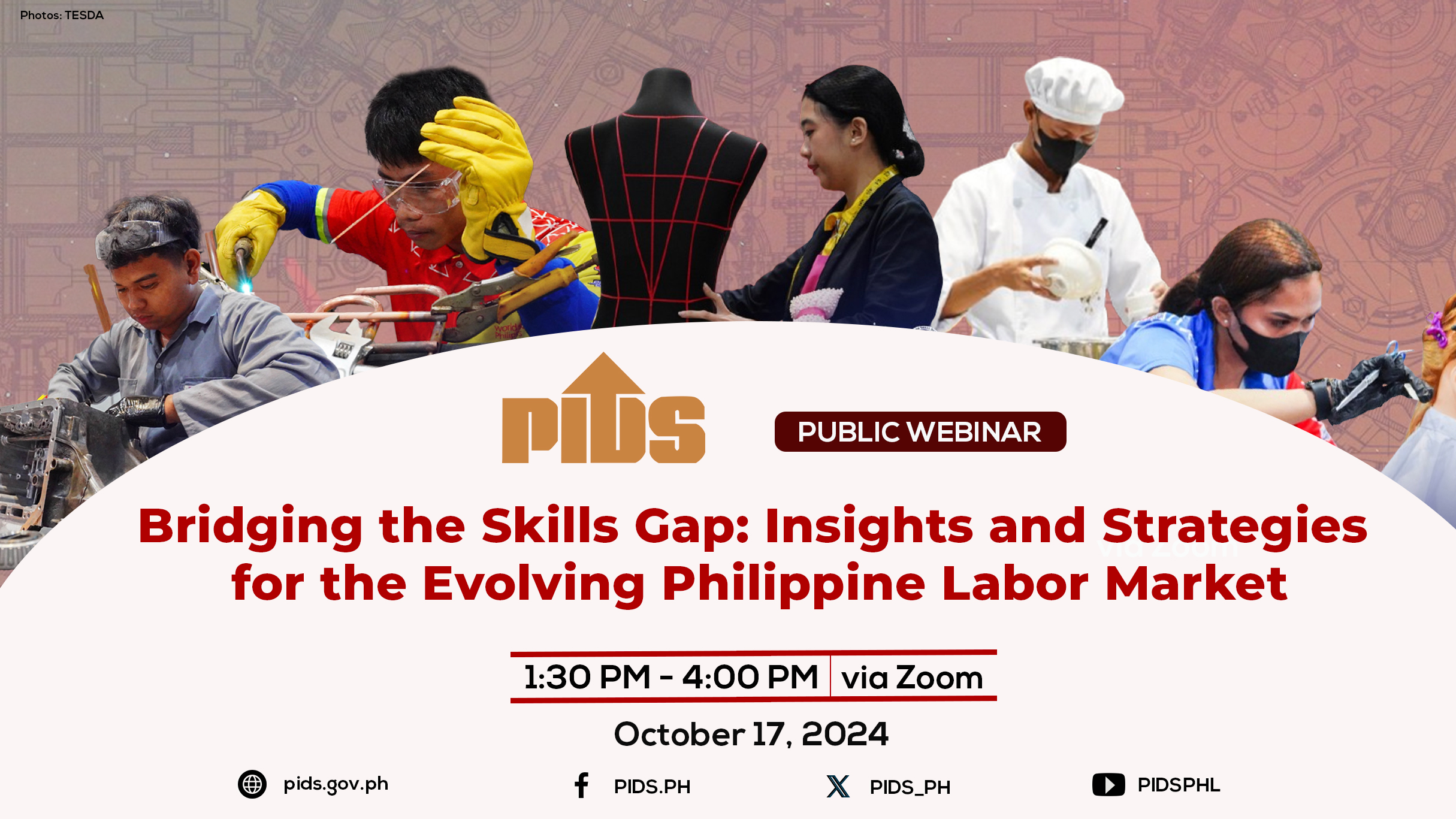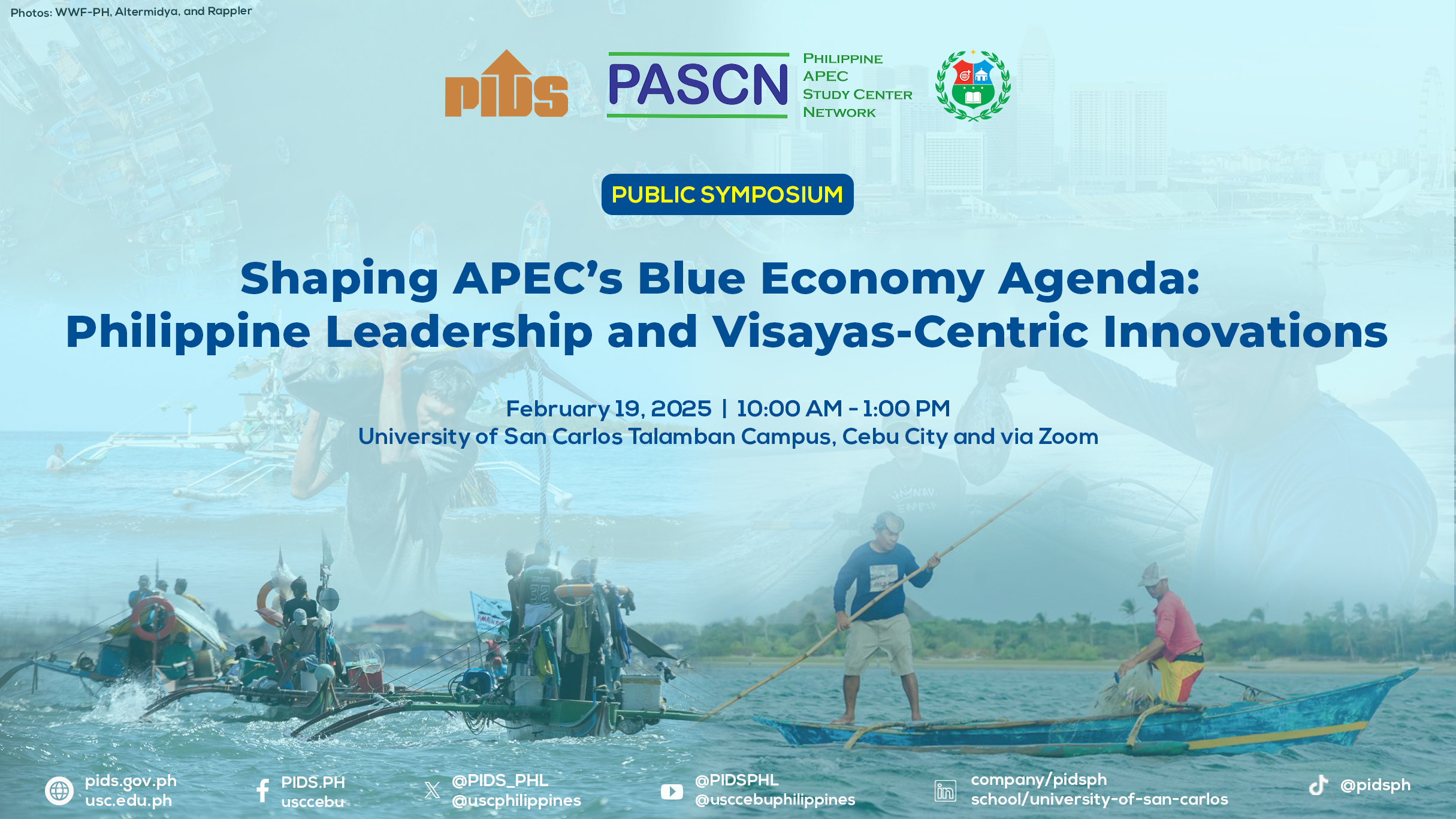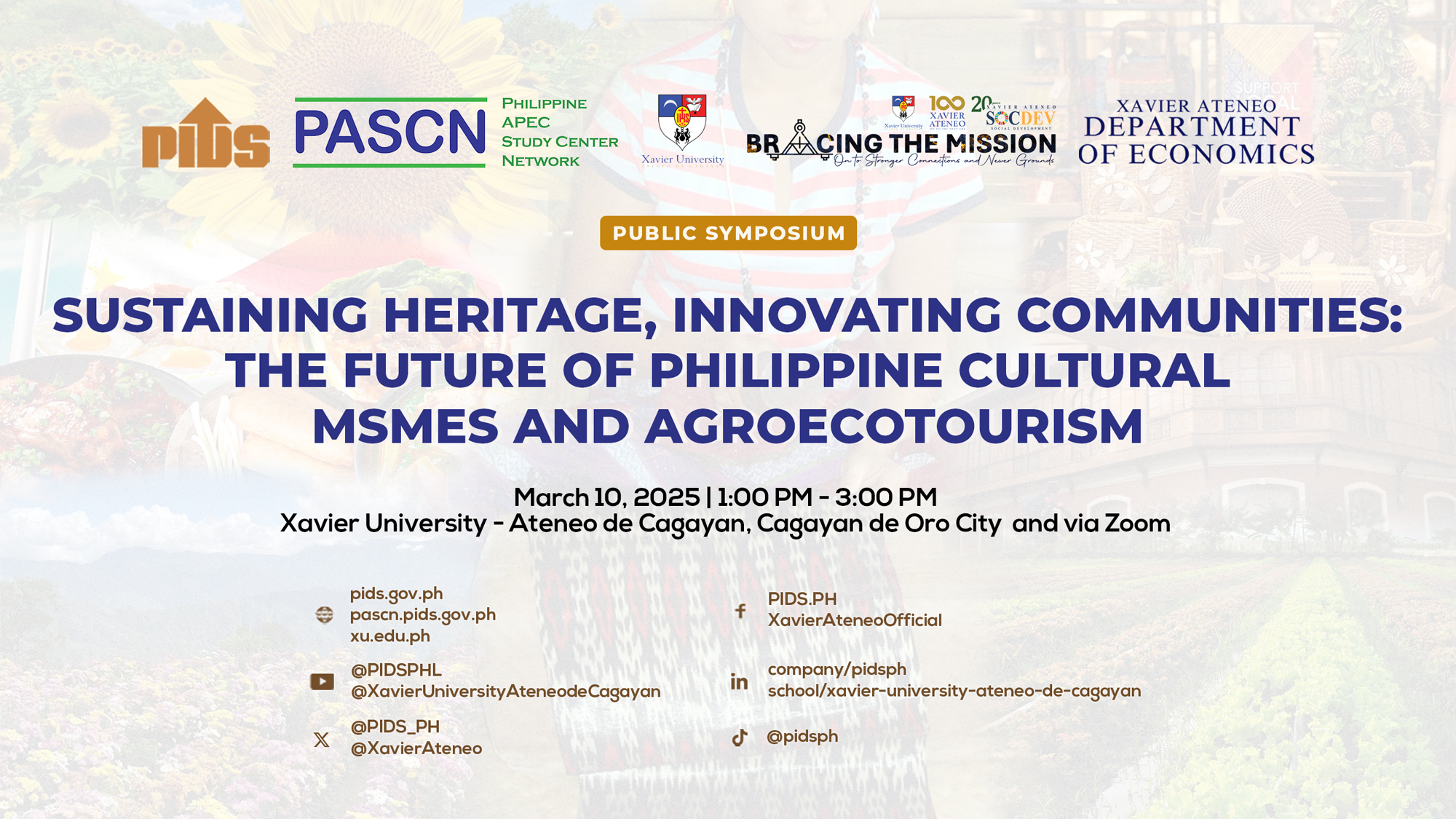President has overseen rapid economic growth—but as he ends his term, rates of hardship remain stubbornly high.
MANILA—Philippine President Benigno Aquino III can tout many gains during his six years in power, including a soaring economy, strong corporate profits, and a decline in graft.
But one of his goals has proven elusive: reducing poverty.
With the term-limited Mr. Aquino due to step down next month following Monday’s election, 26.3% of Filipinos are still poor, according to the government, the same level as when he took office in 2010. The failure taints Mr. Aquino’s legacy and has divided opinion here over whether the country is on the right track.
“Aquino didn’t meet our needs,” said Shirley Rala, a 54-year-old mother-of-four and one of the capital Manila’s estimated 4 million slum dwellers. “I’m hoping the new president can do more.”
The shortfall wasn’t for lack of effort.
Mr. Aquino significantly boosted spending on health and education, especially on youth—the sort of attention that social scientists say should alleviate poverty. Anti-poverty Secretary Joel Rocamora said the Philippines would reap huge benefits from this strategy over time, but that the gains would take years to impact the poverty statistics.
“Unfortunately, this long-term approach was never going to be useful for winning this year’s elections,” Mr. Rocamora said.
Mr. Aquino presided over an unprecedented boom. Gross domestic product grew by an average 6.2% a year while foreign investment and tourist arrivals reached record highs. Credit-ratings firms rewarded the administration’s prudent fiscal management and anticorruption efforts with upgrades.
The nation’s top 10 conglomerates—led by San Miguel Corp., SM Investments Corp., and JG Summit Holdings Inc.—more than doubled annual sales to $44 billion between 2010 and 2015. Their profits rose by half to around $4 billion. The net worth of the 40 richest Filipinos more than tripled in that period to $71.4 billion, according to Forbes.
Such facts bolster a widely held view that the rich have benefited most from the Aquino boom. That has hurt Mr. Aquino’s preferred candidate, former interior secretary Manuel Roxas, who has lagged behind in the polls.
And it has benefited other candidates. Rodrigo Duterte, a city mayor who pledges to snuff out crime to lift the economy and reduce poverty, has surged in the latest polls. The other leading challengers, Sen. Grace Poe and Vice President Jejomar Binay, also fault Mr. Aquino for failing to deliver inclusive growth and say they will address that.
Mr. Aquino has acknowledged his limited success in battling poverty. “Somewhere about the middle of the term, we were surprised that the poverty numbers were not moving as fast as we had hoped,” he told The Wall Street Journal. This prompted “a more focused effort” by investing “a huge amount in social services.”
In response, Mr. Aquino expanded a cash giveaway policy set by his predecessor. Payments of up to $50 every two months to the poor grew sevenfold to 5 million families and totaled $5 billion. They depended on beneficiaries’ children attending school.
“It’s a long-term investment in human capital,” said Cielito Habito, a former socioeconomic planning secretary. “There’s never been a better targeted system in the Philippines.”
All the leading presidential candidates have pledged to extend the popular program. That is good news to the residents of Sawata, a Manila slum. “The payments have been a big help,” said Elizabeth Santiago, a 40-year-old mother of eight, whose fisherman husband makes about $10 a week. The government sets the poverty threshold at $195 a month for a family of five.
Shanties sit over a polluted river in Navotas city, north of Manila. Mr. Aquino has acknowledged his limited success in reducing poverty.
Still, conditions in the slum have barely changed, she said beside her family’s shack, perched on mounds of rotting trash over a fetid waterway. A boy paddled past using a chunk of Styrofoam as a raft.
Gains in social services were undermined elsewhere, Mr. Habito said. The administration was slow to build new infrastructure, he said, weakening foreign investment and job creation. While praising Mr. Aquino for bringing unemployment below 7% for the first time in decades, the creation of jobs in agriculture and manufacturing was inadequate to ease poverty, he said.
Roehlano Briones, an economist at the Philippine Institute of Development Studies, blamed the stubborn poverty rate on poor agricultural policy. Mr. Aquino’s policy of pursuing food security by meeting most of the Philippines’ rice requirements made it up to 40% more expensive than on international markets, he said.
“Rice is a quarter of the expenditure of poor households,’’ Mr. Briones said. “This is all at the expense of the poor.”
Can the Philippines Stay on Track?
Non-rice farmers have meanwhile received little help and are the poorest of the poor, Mr. Briones said. “There’s been an exodus from the countryside because people can’t make a living there,” he said.
The main presidential candidates have promised major agricultural investments. Mr. Duterte has pledged to freeze most infrastructure spending in the first year of his presidency to pay for urgent investment in food production.
Ms. Rala, the Sawata resident, said she was unlikely to vote for Mr. Aquino’s pick, Mr. Roxas. Still, she didn’t blame Mr. Aquino for problems that have afflicted the Philippines for generations.
“This country’s problems are so big,” she said. “It’s not all his fault.”//
MANILA—Philippine President Benigno Aquino III can tout many gains during his six years in power, including a soaring economy, strong corporate profits, and a decline in graft.
But one of his goals has proven elusive: reducing poverty.
With the term-limited Mr. Aquino due to step down next month following Monday’s election, 26.3% of Filipinos are still poor, according to the government, the same level as when he took office in 2010. The failure taints Mr. Aquino’s legacy and has divided opinion here over whether the country is on the right track.
“Aquino didn’t meet our needs,” said Shirley Rala, a 54-year-old mother-of-four and one of the capital Manila’s estimated 4 million slum dwellers. “I’m hoping the new president can do more.”
The shortfall wasn’t for lack of effort.
Mr. Aquino significantly boosted spending on health and education, especially on youth—the sort of attention that social scientists say should alleviate poverty. Anti-poverty Secretary Joel Rocamora said the Philippines would reap huge benefits from this strategy over time, but that the gains would take years to impact the poverty statistics.
“Unfortunately, this long-term approach was never going to be useful for winning this year’s elections,” Mr. Rocamora said.
Mr. Aquino presided over an unprecedented boom. Gross domestic product grew by an average 6.2% a year while foreign investment and tourist arrivals reached record highs. Credit-ratings firms rewarded the administration’s prudent fiscal management and anticorruption efforts with upgrades.
The nation’s top 10 conglomerates—led by San Miguel Corp., SM Investments Corp., and JG Summit Holdings Inc.—more than doubled annual sales to $44 billion between 2010 and 2015. Their profits rose by half to around $4 billion. The net worth of the 40 richest Filipinos more than tripled in that period to $71.4 billion, according to Forbes.
Such facts bolster a widely held view that the rich have benefited most from the Aquino boom. That has hurt Mr. Aquino’s preferred candidate, former interior secretary Manuel Roxas, who has lagged behind in the polls.
And it has benefited other candidates. Rodrigo Duterte, a city mayor who pledges to snuff out crime to lift the economy and reduce poverty, has surged in the latest polls. The other leading challengers, Sen. Grace Poe and Vice President Jejomar Binay, also fault Mr. Aquino for failing to deliver inclusive growth and say they will address that.
Mr. Aquino has acknowledged his limited success in battling poverty. “Somewhere about the middle of the term, we were surprised that the poverty numbers were not moving as fast as we had hoped,” he told The Wall Street Journal. This prompted “a more focused effort” by investing “a huge amount in social services.”
In response, Mr. Aquino expanded a cash giveaway policy set by his predecessor. Payments of up to $50 every two months to the poor grew sevenfold to 5 million families and totaled $5 billion. They depended on beneficiaries’ children attending school.
“It’s a long-term investment in human capital,” said Cielito Habito, a former socioeconomic planning secretary. “There’s never been a better targeted system in the Philippines.”
All the leading presidential candidates have pledged to extend the popular program. That is good news to the residents of Sawata, a Manila slum. “The payments have been a big help,” said Elizabeth Santiago, a 40-year-old mother of eight, whose fisherman husband makes about $10 a week. The government sets the poverty threshold at $195 a month for a family of five.
Shanties sit over a polluted river in Navotas city, north of Manila. Mr. Aquino has acknowledged his limited success in reducing poverty.
Still, conditions in the slum have barely changed, she said beside her family’s shack, perched on mounds of rotting trash over a fetid waterway. A boy paddled past using a chunk of Styrofoam as a raft.
Gains in social services were undermined elsewhere, Mr. Habito said. The administration was slow to build new infrastructure, he said, weakening foreign investment and job creation. While praising Mr. Aquino for bringing unemployment below 7% for the first time in decades, the creation of jobs in agriculture and manufacturing was inadequate to ease poverty, he said.
Roehlano Briones, an economist at the Philippine Institute of Development Studies, blamed the stubborn poverty rate on poor agricultural policy. Mr. Aquino’s policy of pursuing food security by meeting most of the Philippines’ rice requirements made it up to 40% more expensive than on international markets, he said.
“Rice is a quarter of the expenditure of poor households,’’ Mr. Briones said. “This is all at the expense of the poor.”
Can the Philippines Stay on Track?
Non-rice farmers have meanwhile received little help and are the poorest of the poor, Mr. Briones said. “There’s been an exodus from the countryside because people can’t make a living there,” he said.
The main presidential candidates have promised major agricultural investments. Mr. Duterte has pledged to freeze most infrastructure spending in the first year of his presidency to pay for urgent investment in food production.
Ms. Rala, the Sawata resident, said she was unlikely to vote for Mr. Aquino’s pick, Mr. Roxas. Still, she didn’t blame Mr. Aquino for problems that have afflicted the Philippines for generations.
“This country’s problems are so big,” she said. “It’s not all his fault.”//


